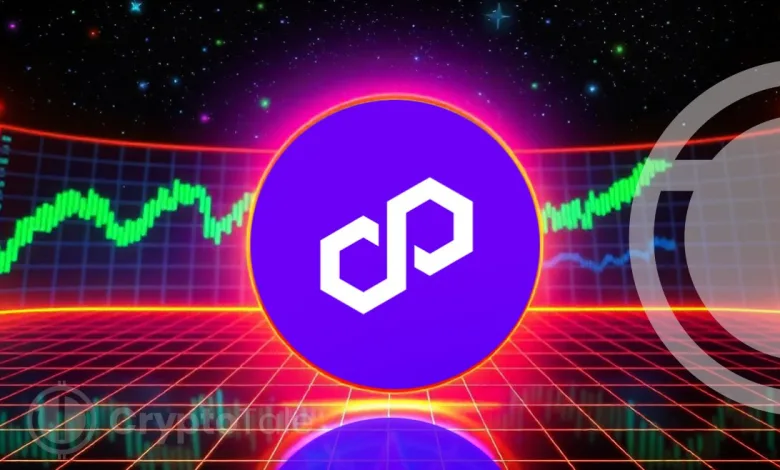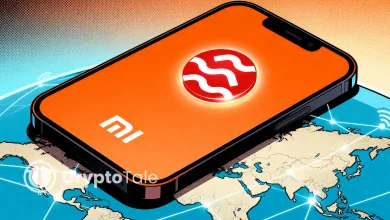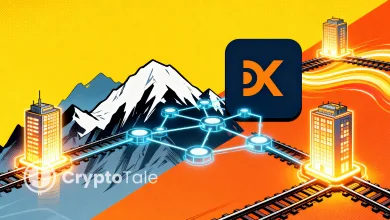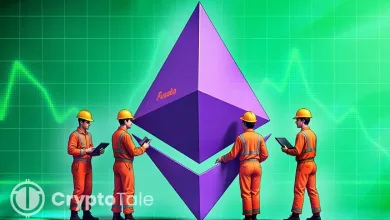Polygon Faces Consensus Finality Delays Due to Node Bug

- Polygon experienced temporary delays in consensus finality due to a bug in Bor and Erigon.
- Validators and RPC providers faced up to 15-minute delays, revealing scaling challenges.
- Polygon engineers resolved the issue quickly, but the bug exposed weaknesses in coordination.
Polygon is facing temporary delays in consensus finality, with a bug affecting its Bor and Erigon nodes. The issue, which started on Wednesday, led to a disruption in some Remote Procedure Call (RPC) services and has caused access issues for decentralized applications (dApps) built on the network, while the blockchain itself continued to produce blocks.
Despite the continued creation of blocks and checkpoints, validators and RPC providers had delays to finality. The maximum delay came to about 15 minutes, which emphasizes the persistence of scaling Layer-2 network challenges. These upheavals highlight the complications of sustaining both high throughput and reliability, especially as Polygon seeks its POL upgrade and zkEVM growth.
Polygon Resolves Node Bug, Faces Finality and Coordination Challenges
The basic functionality of Polygon chain was not affected, and engineers soon found a solution. The impacted nodes were restarted, bringing problems to a halt in a large number of validators and RPC providers.
Nevertheless, the bug demonstrated certain failures in the coordination of the validators in stressful real-life situations. The event casts doubt on the capacity of the network to deal with scaling challenges as the network expands.
Polygon’s block explorer player, Polygonscan, indicated at the time of the incident that the final block had been minted more than five hours prior. A secondary connection, however, gave real-time block updates and indicated that blocks were being created. Polygon pointed out that finality turned out to be postponed, yet the blockchain did not cease but continued to mine new blocks.
Polygon’s finality mechanism, Heimdall, which is responsible for recording milestones at regular intervals, failed to produce new milestones as expected. Although blocks were successfully added to the blockchain, finality was delayed. The Polygon team explained that checkpoints were still posted to Ethereum, but with a delay of up to 20 minutes, causing a lag in finality.
In response, Polygon engineers worked closely with infrastructure providers to enhance their debugging efforts. They confirmed the deployment of a fix for validators and service providers. However, it took some time for the issue to be fully resolved. This delay highlighted the network’s vulnerability to issues affecting coordination and the finality process.
Related: Polygon to Launch Heimdall v2 Upgrade, Reduces Finality to 5 Seconds
Polygon’s Scaling Challenges in Layer-2 Growth
The issue of network performance is also accompanied by a series of upgrades leading to the disruption. The upgrade to Heimdall v2 made by Polygon is supposed to reduce finality time to a scant five seconds. Despite the introduced improvements, as the recent issue shows, managing a Layer-2 network that provides quick and reliable finality is a complex task.
These incidents highlight the challenges with Layer-2 solutions, and even though the scale of the blockchain is still growing, it still needs to become “Ethernet level security at a faster pace’s tool. Polygon team continues to optimise its infrastructure to make sure that such delays do not recur even in the future.
The Polygon incident mirrors past Ethereum Layer-2 slowdowns, including the Arbitrum sequencer halt and Optimism downtime. These disruptions demonstrate the growing pains of Layer-2 networks as they attempt to balance scaling with security. As more projects adopt these technologies, the pressure to deliver both performance and reliability increases.
Recent delays in finality on Polygon serve as a reminder of the hardships of Layer-2 networks. Even though Polygon continues to expand and develop, the potential to resist stress tests and any interruptions in reality is what would make this system a more successful one in the future. Developers and institutions would scrutinize these issues and focus on how Polygon reacts in the future.




